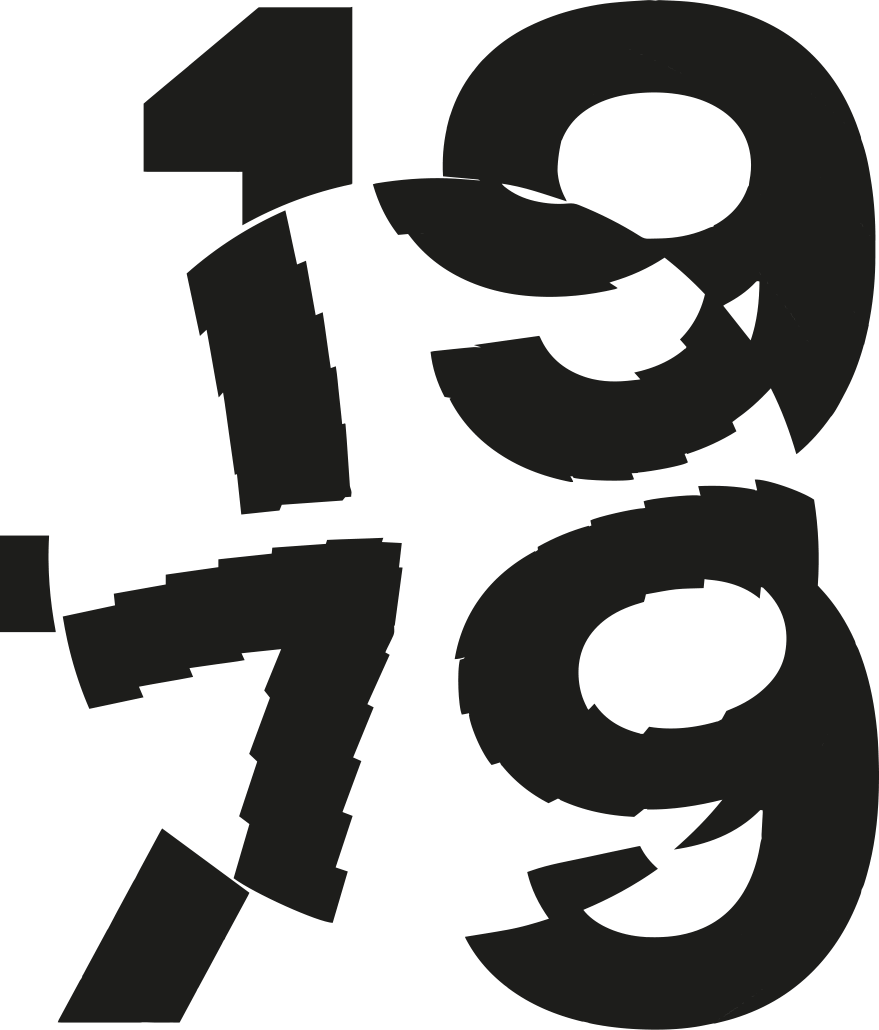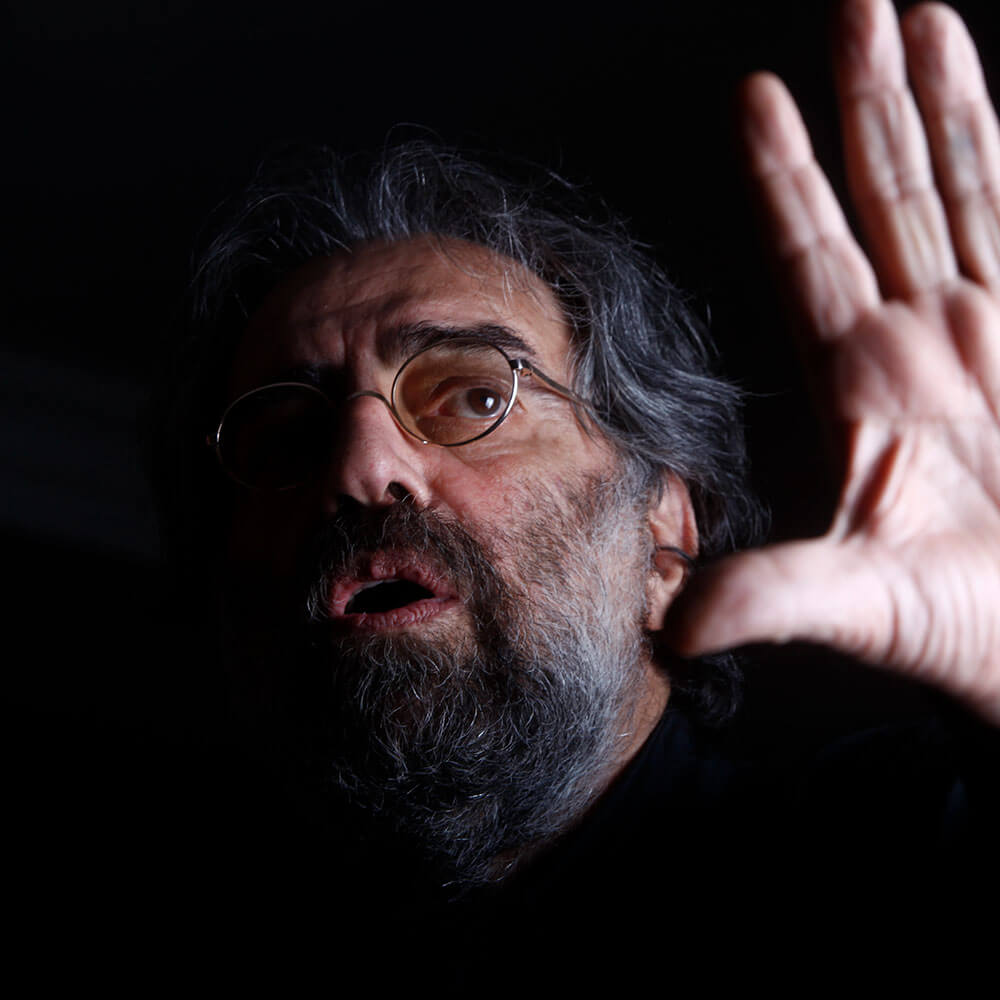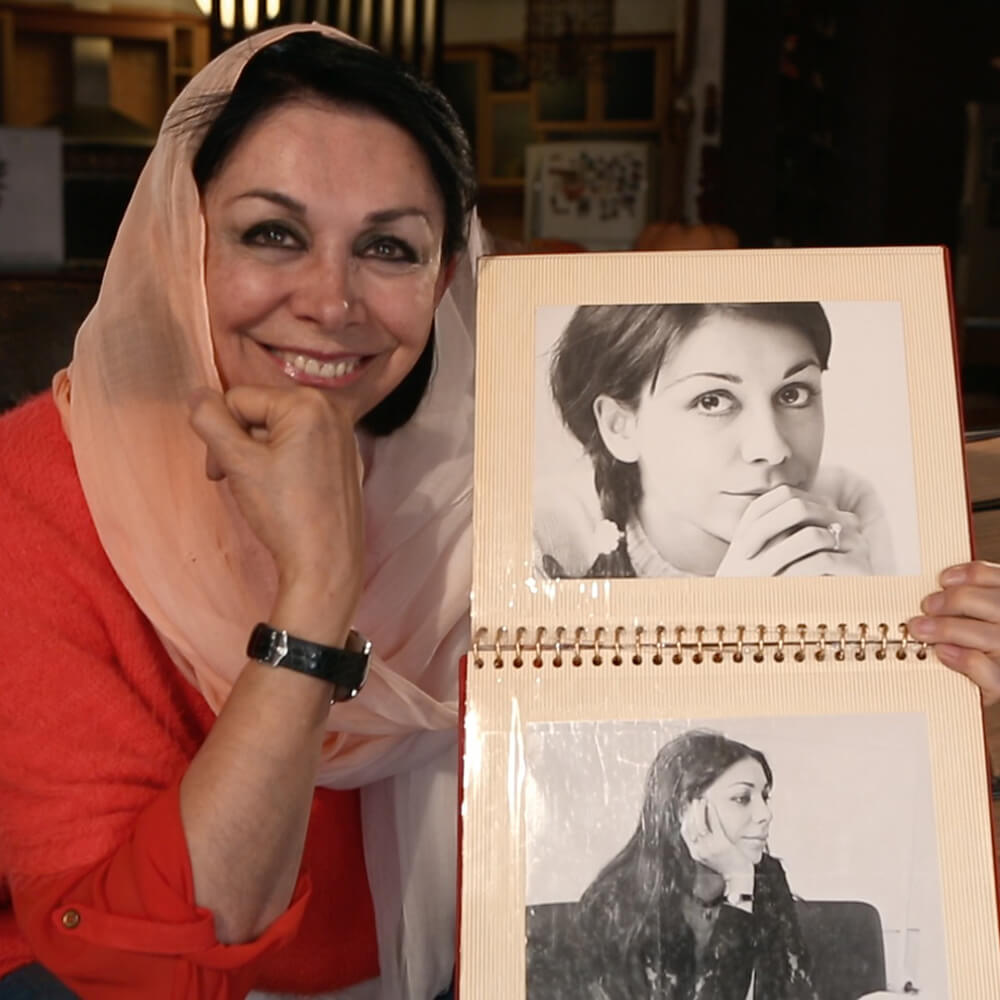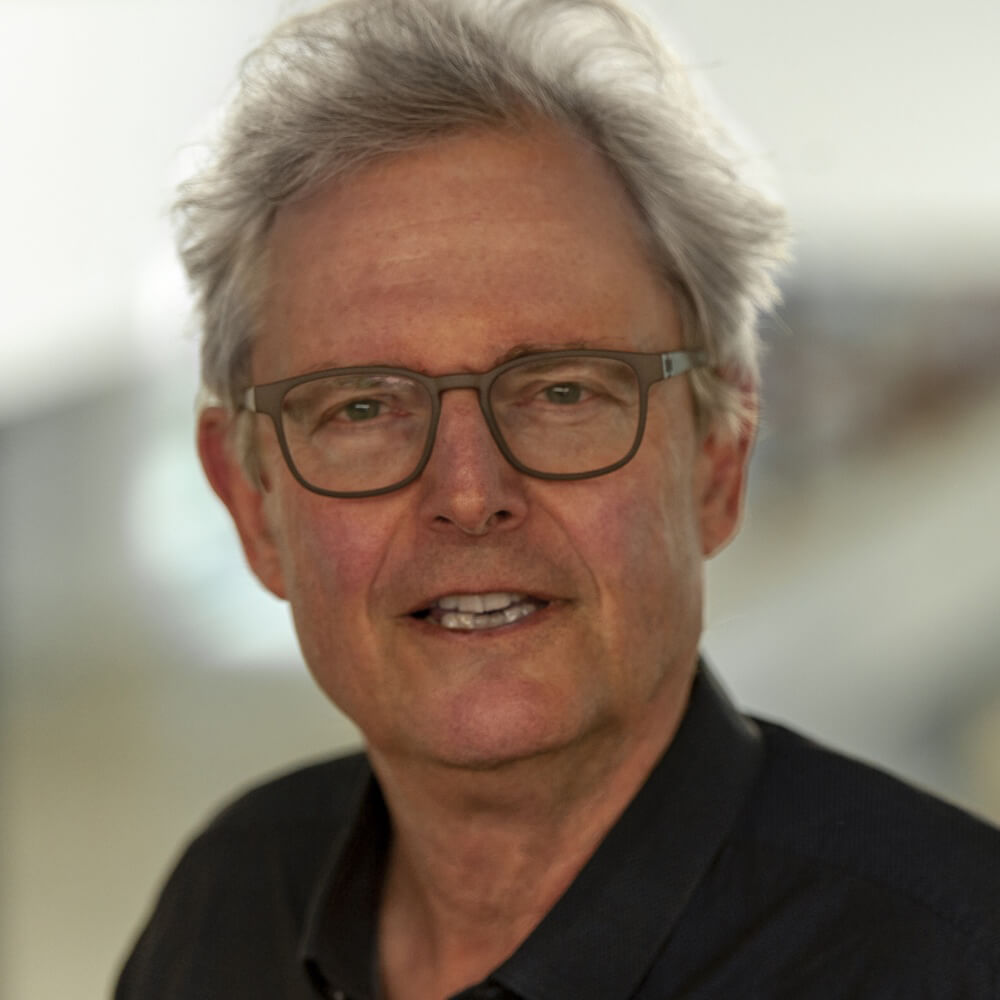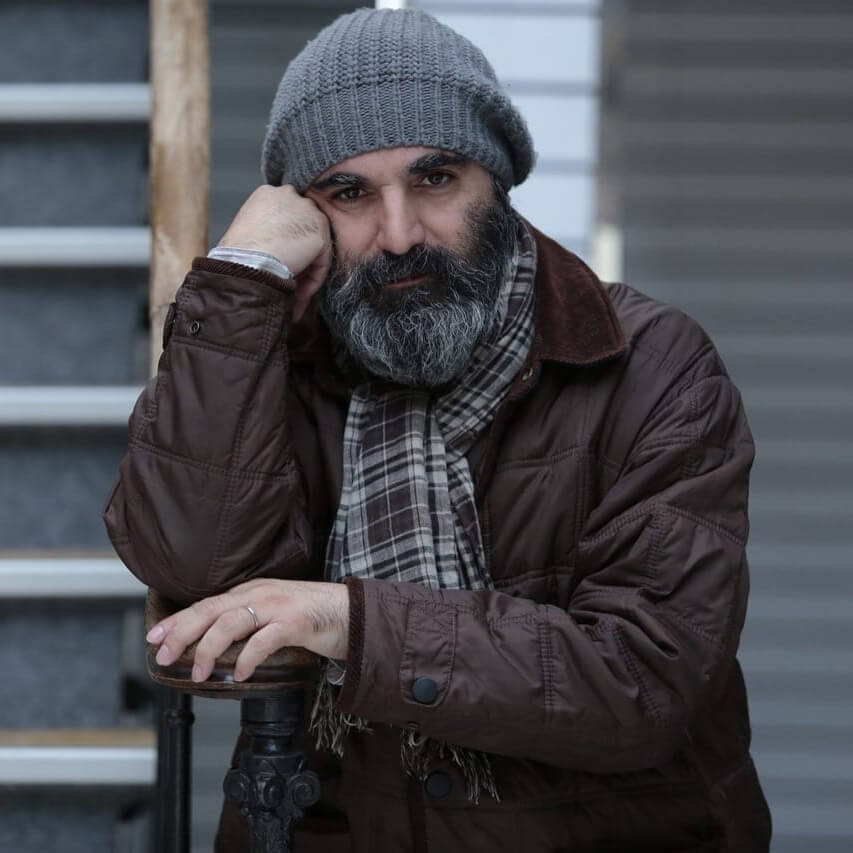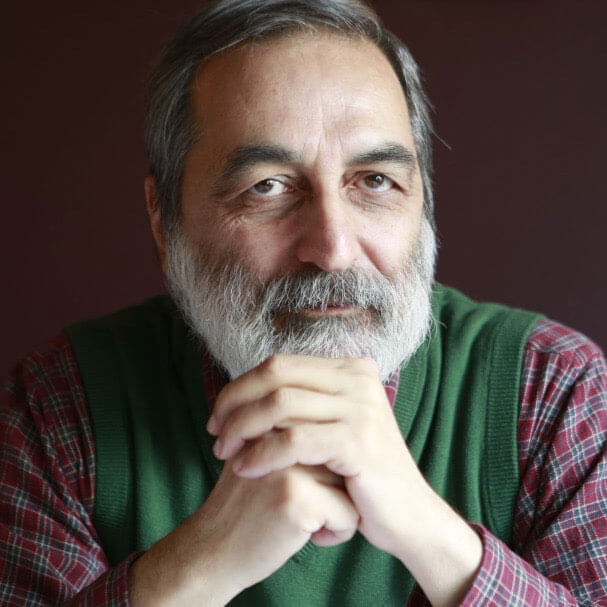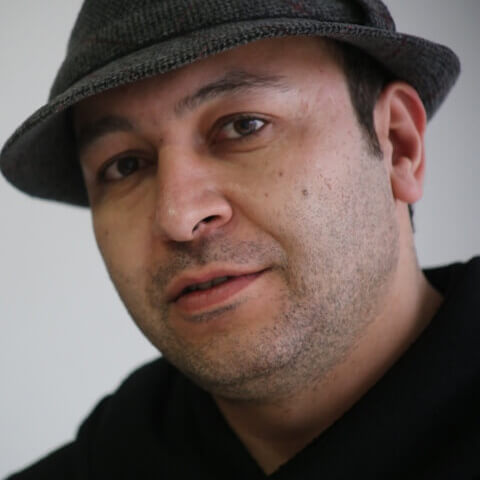Masoud Kimiai
In 1968 his revenge drama “Qaysar” depicted the working class for the first time in a cinematically appealing form. At the age of 27 Kimiai became the shooting star of Iranian cinema, which he shaped for more than two decades. Films such as “Reza motori” (1970) and “Dash akol” (1971) feature a dynamic, modern camera, while at the same time emphasizing the traditional values of the lower middle class: honor, loyalty, friendship and revenge.
Films: The Deer (Gavaznha) EN, The Red Line (Khateh Ghermez)
Picture: Satyar Emami
